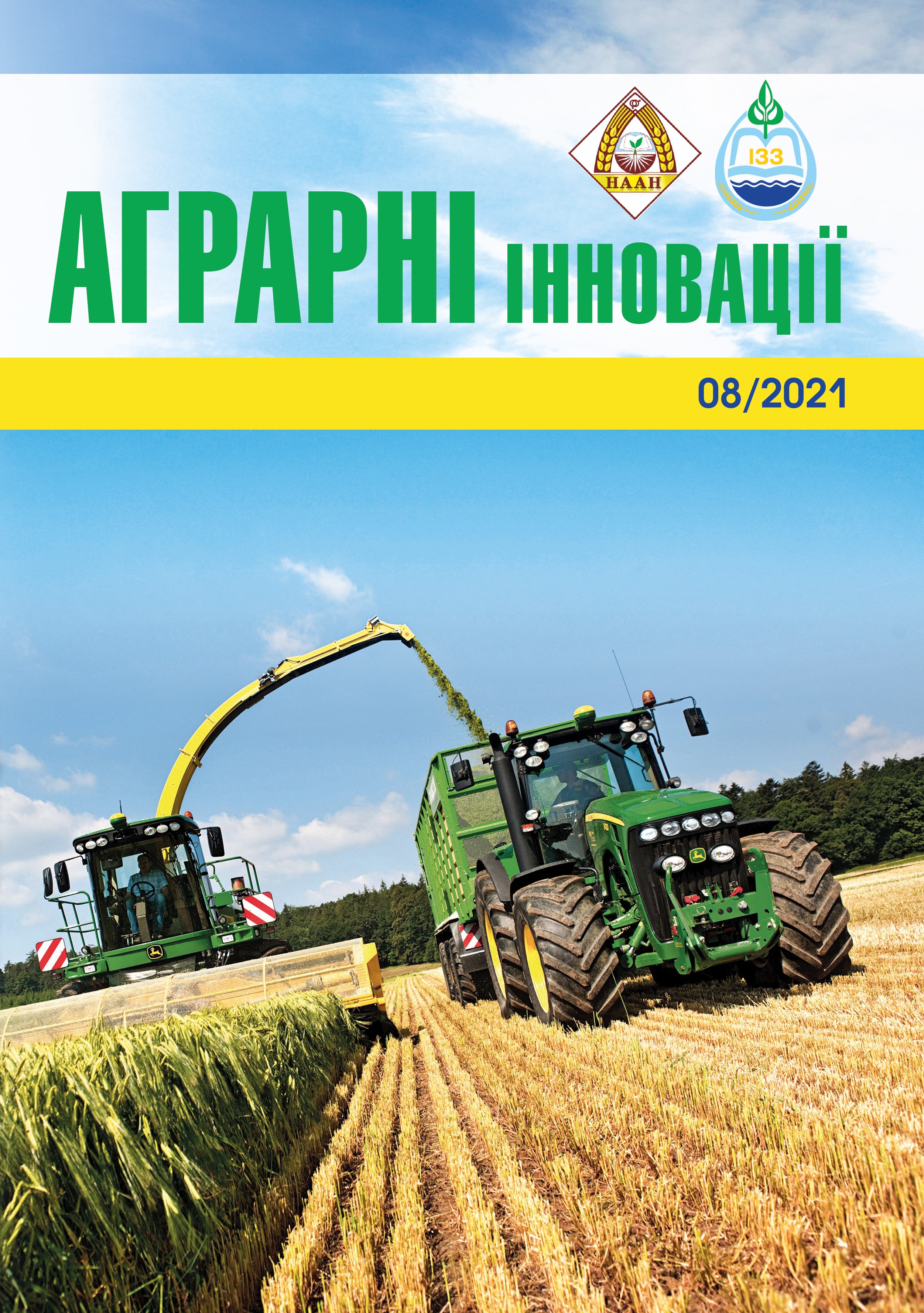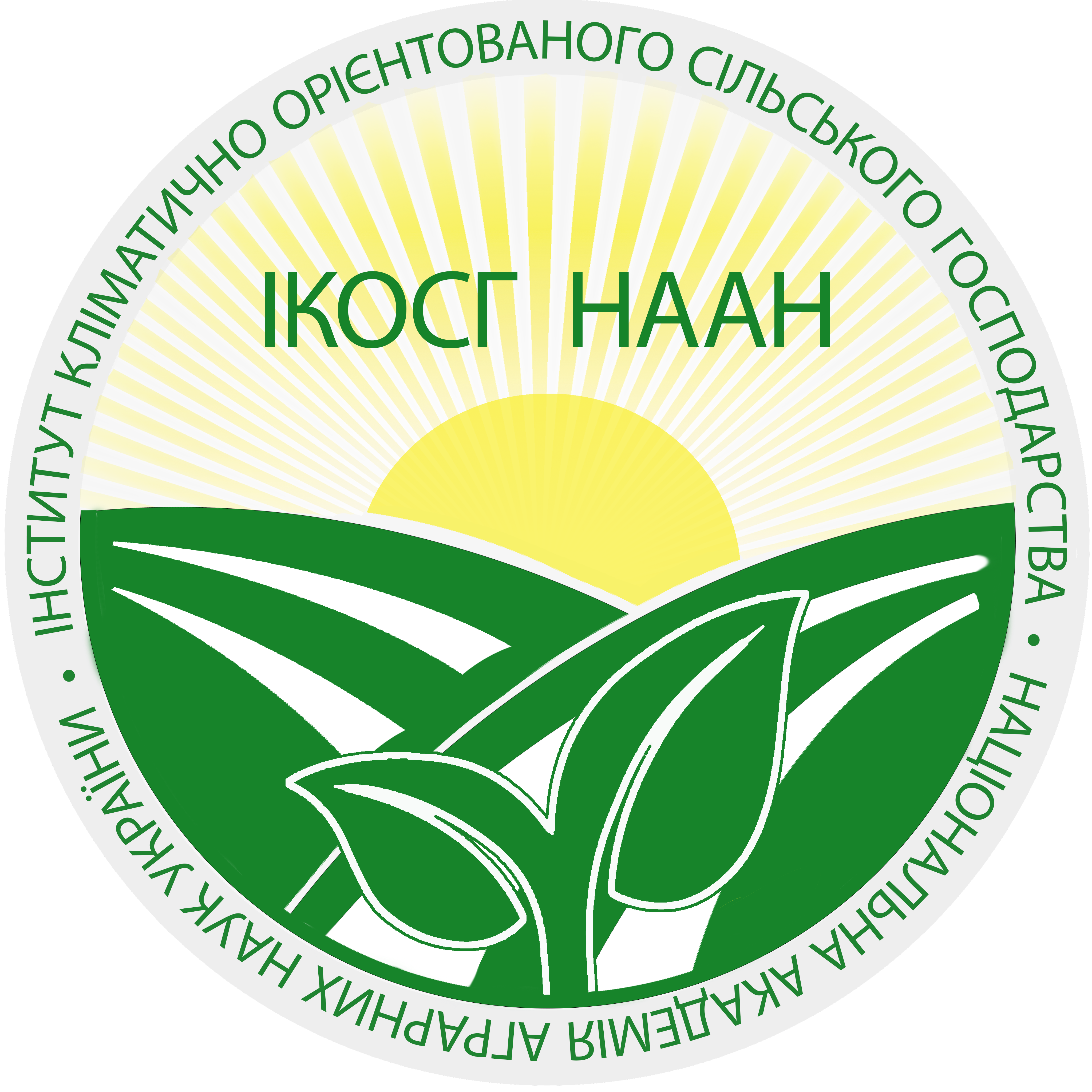Погляд на 6-й найбільший світовий ринок насіння: Індія
Анотація
Загальна площа становить 200 мільйонів гекта- рів, а кількість людей, що зайняті у сільському госпо- дарстві та супутніх видів діяльності в Індії, становить 600 мільйонів. Індійська насіннєва галузь достатньо розвинута і посідає 6 місце у світі. У країні домінує нез- рошуване землеробство, яке страждає від дефіциту води, енергії та робочої сили; має більші виробничі витрати, низьку рентабельність виробництва, низьку інтенсивність землеробства, проблеми з нестабільною та низькою врожайністю, пов’язані з непередбачувані- стю природного зволоження, біотичних та абіотичних стресів, традиційними методами ведення сільського господарства та низькою забезпеченістю сертифікова- ним насінням. Але Індія – динамічна країна, і крок за кроком вирішує проблеми за допомогою міжнародних інвесторів. У цьому огляді ми розглянемо індійський ринок насіння, щоб виявити деякі можливості та загрози для інвесторів насіннєвого сектору в цій тропічній кра- їні. Результати. Індійський насіннєвий сектор відіграє ключову роль у сільському господарстві Індії. Ринок насіння сегментований за типом, культурним складом, обробкою насіння, ознаками, конкуренцією, географією та доступністю передових технологій. Насіннєвий сек- тор в Індії складається з великого державного та зроста- ючого приватного сектору. Індія має світле майбутнє на ринку насіння. Відкрите сортове насіння домінує в індій- ському насінницькому бізнесі, але ситуація змінюється, і тепер споживачі насіння надають перевагу отриманню високоякісного врожаю, добре пристосованого до пере- робки та транспортування на великі відстані. В Індії величезна кількість генетично модифікованих гібрид- них кукурудзи та бавовнику. Висновки. Через велике розмаїття кліматичних, географічних, соціальних, агро- культурних та ринкових умов у масштабах Індії краще вийти на цей ринок у новому консорціумі, що включає компанії з різних сегментів. Другий консорціум, що складається з малих та середніх індійських партнерів, також може бути корисним для побудови стабільної та складної мережі, здатної перетворитися на більш прийнятий на місцевому рівні міжнародний агломерат. Ця система може не лише підтримувати стійку торгівлю, але й покращувати знання місцевого сільського госпо- дарства на благо фермерів з низьким рівнем доходу. Ця стратегія взаємного виграшу, вірогідно, забезпечить зростання доходів фермерів.
Посилання
2. Balraj, S., & Tomar, B.S. (2015). Vegetable seed production under protected and open field conditions in India: a review. Indian Journal of Agricultural Sciences, 85(10): 1251–1259.
3. Bhandari, H.R., Bera, A., Kar, C.S., & Biswas, S. (2018). Stability assessment of jute seed production system in lower Gangetic plains of India. Industrial Crops and Products, 125: 505–510.
4. Birthal, P.S., & Hazrana, J. (2019). Crop diversification and resilience of agriculture to climatic shocks: Evidence from India. Agricultural systems, 173: 345–354.
5. Boelt, B., Julier, B., Karagić, Đ., & Hampton, J. (2015). Legume seed production meeting market requirements and economic impacts. Critical Reviews in Plant Sciences, 34(1-3): 412–427.
6. Bold, T., Kaizzi, K., Svensson, J., & Yanagizawa-Drott, D. (2015). Low quality, low returns, low adoption: evidence from the market for fertilizer and hybrid seed in Uganda. London, England : Centre for Economic Policy Research.
7. Chauhan, J.S., Prasad, S.R., Pal, S., & Choudhury, P.R. (2017). Seed systems and supply chain of rice in India. Journal of Rice Research, 10(1): 9–15.
8. Chauhan, J.S., Prasad, S.R., Pal, S., Choudhury, P.R., & Bhaskar, K.U. (2016). Seed production of field crops in India: Quality assurance, status, impact and way forward. Indian Journal Agricultural Sciences, 86(5): 563–579.
9. Chauhan, J.S., Singh, B.B., & Gupta, S. (2016). Enhancing pulses production in India through improving seed and variety replacement rates. Indian J Genet Plant Breed, 76(4): 410–419.
10. Edson, S.A., & Akyoo, A.M. (2020). Implication of quality uncertainty on market exchange: The case of seed industry in Kilolo district, Tanzania. Emerald Open Research, 2: 31.
11. Flister, L., & Galushko, V. (2016). The impact of wheat market liberalization on the seed industry’s innovative capacity: an assessment of Brazil’s experience. Agricultural and Food Economics, 4(1): 1–20.
12. Ghimire, S., Mehar, M., & Mittal, S. (2012). Influence of sources of seed on varietal adoption behavior of wheat farmers in indo-gangetic plains of India. Agricultural Economics Research Review, 25(347-2016-17060): 399–408.
13. Hossack, F., & An, H. (2015). Does payment type affect willingness-to-pay? Valuing new seed varieties in India. Environment and Development Economics, 20(3):407–423.
14. Jat, R.K., Singh, R.G., Kumar, M., Jat, M. L., Parihar, C.M., Bijarniya, D., & Gupta, R.K. (2019). Ten years of conservation agriculture in a rice– maize rotation of Eastern Gangetic Plains of India: Yield trends, water productivity and economic profitability. Field Crops Research, 232: 1–10.
15. Kadiyala, S., Harris-Fry, H., Pradhan, R., Mohanty, S., Padhan, S., Rath, S., & Allen, E. (2021). Effect of nutrition- sensitive agriculture interventions with participatory videos and women’s group meetings on maternal and child nutritional outcomes in rural Odisha, India (UPAVAN trial): a four-arm, observer-blind, clusterrandomised controlled trial. The Lancet. Planetary health, S2542-5196.
16. Kolady, D.E., Spielman, D.J., & Cavalieri, A. (2012). The impact of seed policy reforms and intellectual property rights on crop productivity in India. Journal of Agricultural Economics, 63(2): 361–384.
17. Kraft, K.H., de Jesús Luna-Ruíz, J., & Gepts, P. (2010). Different seed selection and conservation practices for fresh market and dried chile farmers in Aguascalientes, Mexico. Economic Botany, 64(4): 318–328.
18. Kuhlmann, K., & Dey, B. (2021). Using Regulatory Flexibility to Address Market Informality in Seed Systems: A Global Study. Agronomy, 11(2): 377.
19. Kulkarni, K., Seema, Z.S., & Jadhav, M. (2017). Market structure of cotton seed in Nanded district of Maharashtra. International Journal of Commerce and Business Management. 10(2): 112–115.
20. Lianos, I., Katalevsky, D., & Ivanov, A. (2016). The global seed market, competition law and intellectual property rights: Untying the Gordian knot. CLES Research Paper Series ISBN, 978-1.
21. Mloza-Banda, H., Kaudzu, G., & Benesi, I. (2010). Evaluation of the Malawi seed sector for the Common Market for Eastern and Southern Africa (COMESA) Harmonized Seed Regulations and policies. Lusaka: COMESA.
22. Mula, M.G., Saxena, K.B., Gaur, P.M., & Upadhyaya, H.D. (2013). Legumes Seed System in Asia: A Case in India. In: FAO & ICRISAT 2015.
23. Community Seed Production, by Ojiewo, C.O., Kugbei, S., Bishaw, Z. & Rubyogo, J.C. (Eds). (2013). Workshop Proceedings, 9-11 December 2013, Jupiter International Hotel, Addis Ababa, Ethiopia.
24. Nirmala, B., & Viraktamath, B.C. (2011). Economics of hybrid rice seed production in India. International Rice Research Institute (IRRI). Philippines. ISBN 978-971-22-0252-0.
25. Pal, G., Radhika, C., Bhaskar, K.U., Ram, H., & Prasad, S.R. (2016). A study on comparative economics of grain and seed production of groundnut in Karnataka, India. Journal of Experimental A g r i c u l t u r e International, 1–9.
26. Parihar, C.M., Parihar, M.D., Sapkota, T.B., Nanwal, R.K., Singh, A.K., Jat, S. L., & Jat, M.L. (2018). Longterm impact of conservation agriculture and diversified maize rotations on carbon pools and stocks, mineral nitrogen fractions and nitrous oxide fluxes in inceptisol of India. Science of the Total Environment, 640: 1382–1392.
27. Pradhan, A., Chan, C., Roul, P.K., Halbrendt, J., & Sipes, B. (2018). Potential of conservation agriculture (CA) for climate change adaptation and food security under rainfed uplands of India: A transdisciplinary approach. Agricultural Systems, 163: 27–35.
28. Prasad, S.R., Chauhan, J.S., & Sripathy, K.V. (2017). An overview of national and international seed quality assurance systems and strategies for energizing seed production chain of field crops in India. Indian Journal of Agricultural Sciences, 87(3): 287–300.
29. Ramamoorthy, K., Sivasubramaniam, K., Kannan, A., & Sc, M. (2013). Seed legislation in India. Agrobios (India).
30. Schreinemachers, P., Rao, K.P.C., Easdown, W., Hanson, P., & Kumar, S. (2017). The contribution of international vegetable breeding to private seed companies in India. Genetic Resources and Crop Evolution, 64(5): 1037–1049.
31. Singh, R.P. (2013). Issues and strategies to correct missing links in seed sector of India. Journal of Research (BAU), 25(1): 1–15.
32. Singh, R.P., & Agrawal, R.C. (2018). Improving efficiency of seed system by appropriating farmer’s rights in India through adoption and implementation of policy of quality declared seed schemes in parallel. MOJ Eco Environ Sci, 3(6): 387–391.
33. Singh, S.K., Dubey, S.K., Ali, M., Nigam, S.N., Srivastava, R.K., Saxena, K.B., & Kumar, A. (2013). Development and promotion of an informal and formal seed system through farmer participatory seed production of pigeonpea (Cajanus cajan L.) in Uttar Pradesh, India. Agroecology and Sustainable Food Systems, 37(5): 531–549.
34. Spielman, D.J., Kolady, D.E., Cavalieri, A., & Rao, N.C. (2014). The seed and agricultural biotechnology industries in India: An analysis of industry structure, competition, and policy options. Food Policy, 45: 88–100.
35. Spielman, D.J., Kolady, D., Cavalieri, A., & Rao, N.C. (2019). The seed and agricultural biotechnology industries in India. Gates Open Res, 3.
36. Swain, B.B. (2012). Determinants of farmers’ participation in contract farming: the cases of gherkin and paddy seed in Andhra Pradesh, India. Millennial Asia, 3(2): 169–185.
37. Tiwari, A. (2020). Plant Breeding and Seed Industry in India. In Commercial Status of Plant Breeding in India (pp. 17–70). Springer, Singapore.
38. Trauger, A. (2015). Seed sovereignty as civil disobedience in northern India. Food Sovereignty in International Context: Discourse, Politics and Practice of Place, London: Routledge, 106–124
39. Zhang, W. (2014). Product Differentiation Choices and Biotechnology Adoption: The US Corn Seed Market (Doctoral dissertation, The University of Wisconsin-Madison).






